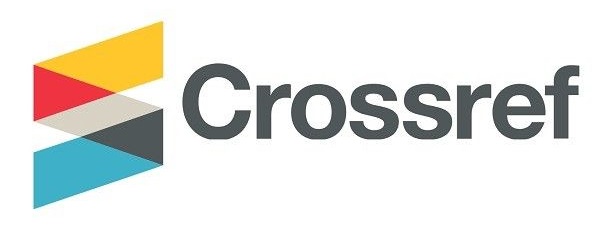Comparison of Conventional Physical Therapy with and Without Maitland Thoracic Manipulation in Shoulder Impingement Syndrome Patients. A Randomized Controlled Trial (RCT)
DOI:
https://doi.org/10.37745/bjmas.2022.0337Abstract
The most typical cause of shoulder or sub acromial pain was impingement syndrome. Between 6.7 and 66.7% of people reported having shoulder pain at some point in their lives, and this frequency increases with age, reaching its peak around 50. The most frequent causes of shoulder pain were rotator cuff disease and adhesive capsulitis, both of which may present with the same signs but differ in the results and consequences of particular therapeutic approaches. Various therapies, such as joint mobilization and therapeutic exercises targeted at particular shoulder tissues, were employed in current practice to treat shoulder pain, but their efficacy was limited.The Mayo hospital in Lahore's OPD physiotherapy department hosted this blinded, controlled trial. In this study, two groups of 40 participants were randomly chosen. Static conservative exercise treatment was used to treat the subjects in Group A. The individuals in Group B received Maitland Thoracic Manipulation as part of a conservative exercise therapy regimen. Each patient signed a Performa, and informed consent was obtained from them all. The Neer Impingement test and a self-made and peer-reviewed questionnaire were both utilized to collect data and determine the prevalence of shoulder impingement syndrome.The findings of this study demonstrated that Maitland manipulation was more successful for treating Shoulder Impingement syndrome than conservative therapy alone.Impingement syndrome was the most common cause of shoulder or sub acromial pain. The incidence of shoulder pain was ranging from 6.7 to 66.7% which increase in frequency as age progresses, peaking at 50 years of age. Rotator cuff pathology and adhesive capsulitis were the most common causes of shoulder pain, may exhibit same findings but with variety of outcomes and effects to specific treatment strategies. In current practice, different interventions were used for treating shoulder pain, such as joint mobilization and therapeutic exercises, directed at specific tissues of the shoulder, but the effectiveness of these treatment options were limited.According to the study, conservative physical therapy combined with Maitland Mobilization and Manipulation is more effective at treating shoulder impingement discomfort and produces greater results than conservative physical therapy alone.
Downloads
Downloads
Published
Versions
- 22-10-2023 (2)
- 22-10-2023 (1)












